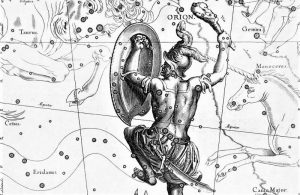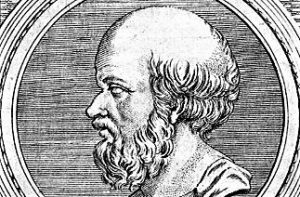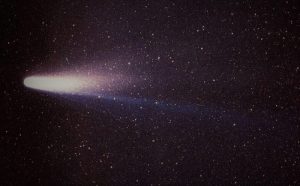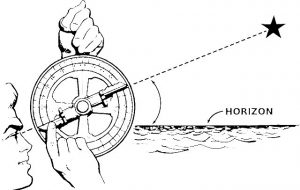Astrophysics
Astrophysics is the science that applies physics to astronomical phenomena ranging from our own solar system to nature and the origin of the universe, with stars, galaxies and classes of exotic objects found in space and the universe. Astrophysics evaluates physics in extreme circumstances and often provides the starting point for the development of new ideas that have a wider impact.
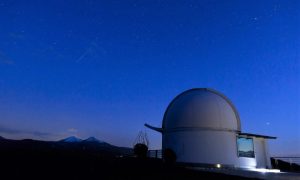
Related topics
Astrogeology, astrochemistry, radio astronomy
What is astrophysics?
Astrophysics is a branch of space science that applies the laws of physics and chemistry to explain the birth, life, and death of stars, planets, galaxies, nebulae, and other objects in the universe.
What does astrophysics study?
Astrophysics studies the use of chemistry and physics to learn about the birth, life and death of stars, planets and galaxies.
This science is also responsible, along with astronomy, for measuring the positions, luminosities, movements and other characteristics of objects found in space. It creates and formulates physical theories of small to medium structures in the universe and seeks to study the larger structures and the universe as a whole.
Astrophysicists look for the right and logical way to understand how the universe works and what our place and role is in it. The goals of astrophysics are to discover how the universe works, to explore how it began and how it evolved, and to seek life on other planets around other stars. NASA claims that these goals produce three broad questions: How does the universe work? How do we get here? and Are we alone?
History
Aristarchus of Samos first presented the idea that the movements of celestial bodies could be explained by assuming that the Earth and all the other planets of the Solar System orbit around the Sun. Unfortunately, because of the geocentric thinking of the time, his heliocentric theory was considered extravagant and heretical, and for centuries, the apparently common sense view that the Sun and other planets revolved around the Earth was basically unquestioned.
In the 16th century, astronomer Nicolas Copernicus revived the heliocentric model, giving it a mathematical basis. In 1609, Galileo Galilei discovered Jupiter’s four brightest moons and documented their orbits on that planet. However, he was forced to retract his heliocentric ideas to escape the severe punishment of the Catholic Church, which had the geocentric dogma prevailing at the time.
At first, only empirical rules were discovered, such as the laws of Kepler’s planetary motion, and in the latter part of that century, Isaac Newton closed the gap between Kepler’s laws and Galileo’s dynamics, discovering that the same laws that govern the dynamics of objects on Earth govern the motion of planets and the Moon.
After Isaac Newton published his book, Philosophiae Naturalis Principia Mathematica, the needs of navigation provided an impetus for progressively more accurate astronomical observations and instruments, providing data increasingly available to scientists.
Thermonuclear astrophysics
Nuclear astrophysics is a field at the intersection of nuclear physics and astrophysics that seeks to understand how nuclear processes form the cosmos. In essence, it seeks the connection between the properties of atomic nuclei and the properties of planets, stars and galaxies. Work in nuclear astrophysics includes astronomical observations using telescopes, gravitational wave detectors, and neutrino detectors; laboratory experiments of accelerators using stable core beams, radioactive nuclei, neutrons, and gamma rays; laboratory analysis of interstellar grains; large-scale computer simulations of stellar nuclei and explosions; and theoretical work in nuclear physics and astrophysics.
Concepts
The main concepts that govern astrophysics are:
- The knowledge of the Solar System to understand everything related to the Sun and its magnetic systems.
- The knowledge of stars to determine their interior and the phenomena of gamma ray explosions.
- Knowledge of the structure and evolution of our galaxy and the central hole in it.
- The knowledge of extra galactic physics and the analysis of the universe as a whole.
Examples
Some examples of astrophysics are studies in the following fields:
- Cosmology
- Compact Stars
- Black holes
- Active nuclei of galaxies
- Interstellar medium
- Chemical evolution of the universe
- Evolution of stars
- Dynamics of galaxies
Astrophysics books
Some of the main astrophysics books that can be acquired are:
- History of Time, by Stephen W. Hawking.
- The tissue of the cosmos. Space, time and the texture of reality, by Brian Greene.
- The cosmic landscape. String theory and the myth of intelligent design, by Leonard Susskind.
- The dream of a final theory. The search for the fundamental laws of nature, by Steven Weinberg.
- Story of an Atom, by Lawrence M. Krauss.
How to cite this article?
Briceño V., Gabriela. (2019). Astrophysics. Recovered on 3 January, 2025, de Euston96: https://www.euston96.com/en/astrophysics/



